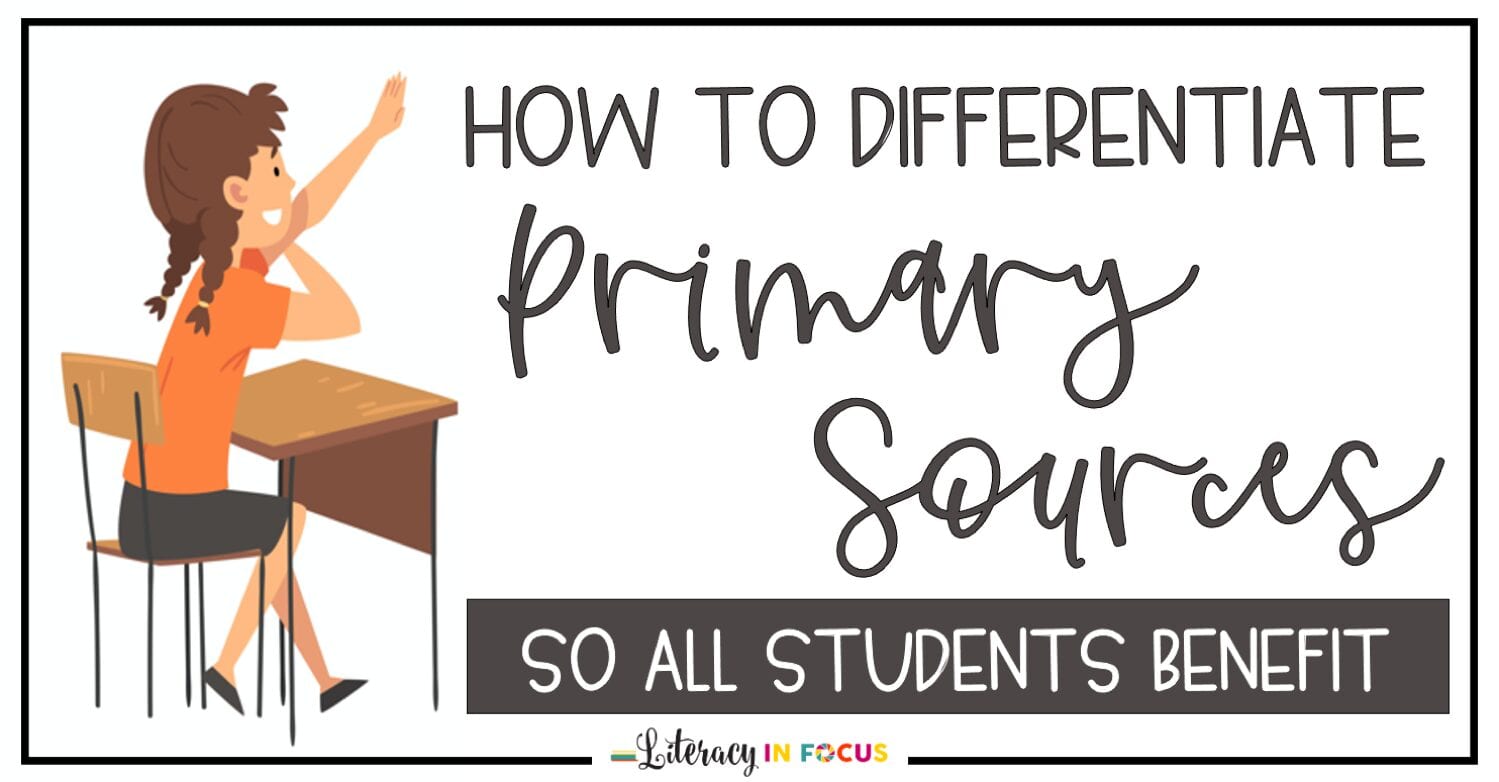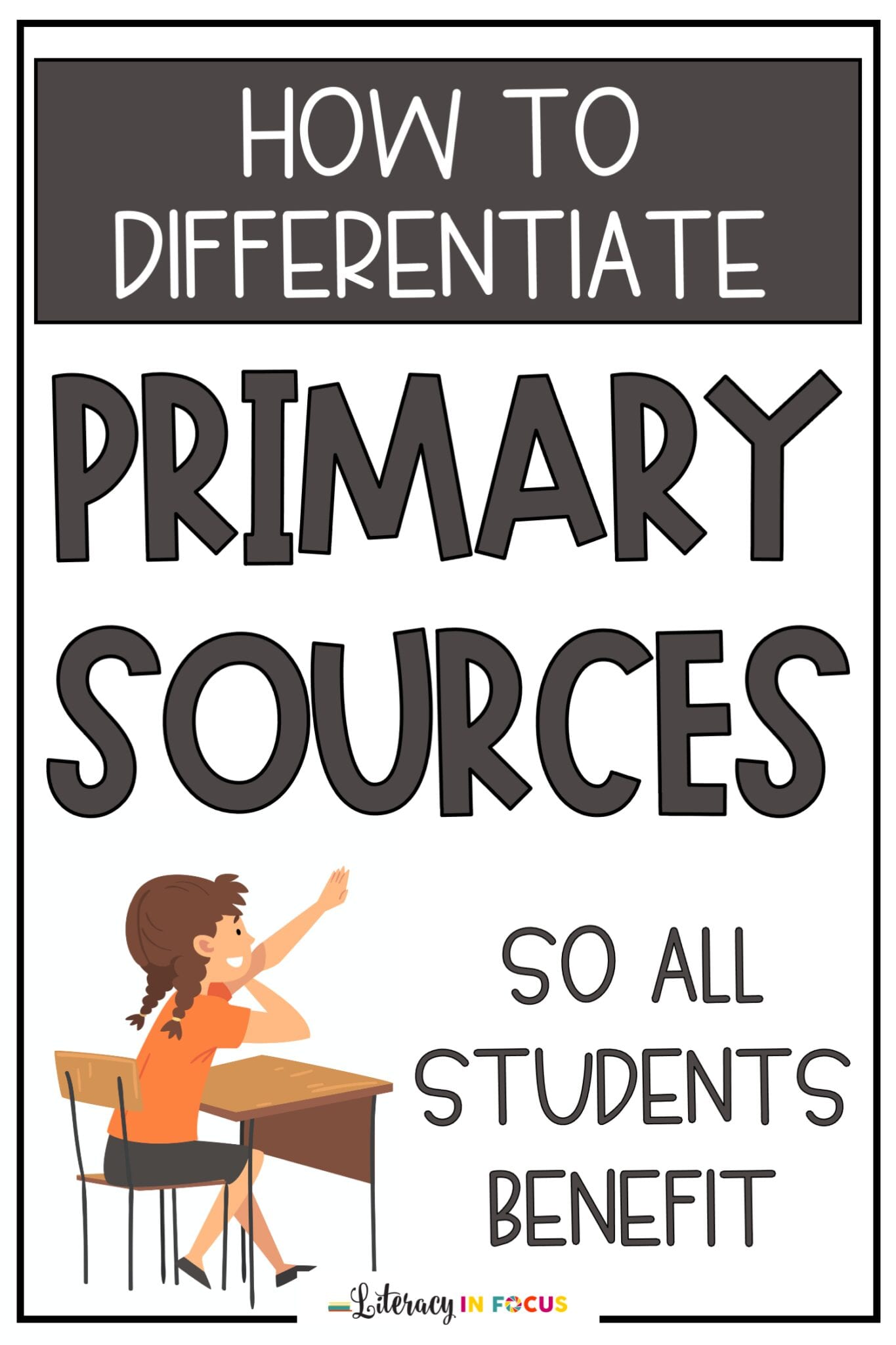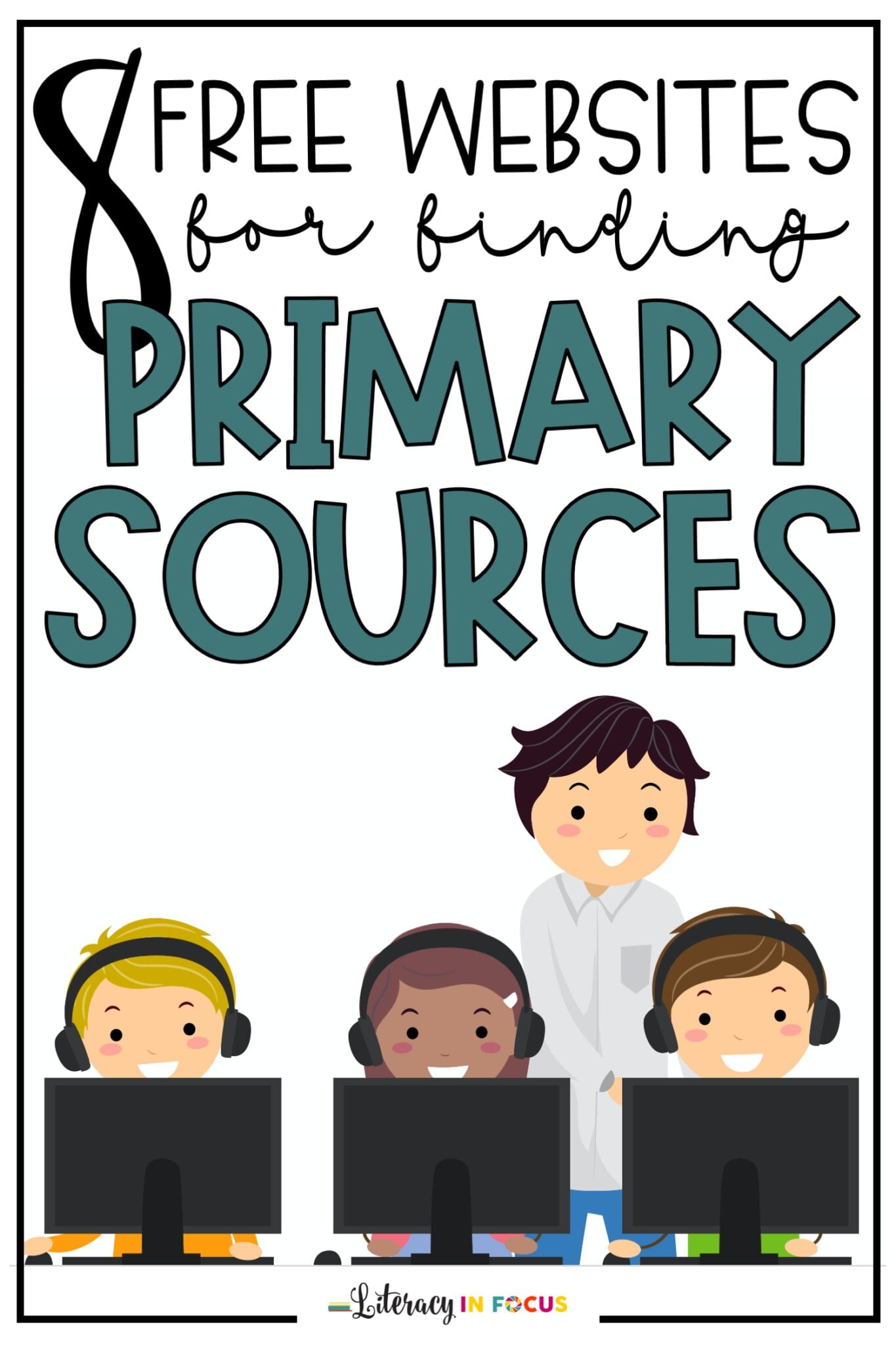
Adapting Primary Sources So All Students Benefit
Involving students in the process of historical inquiry is easier said than done. Primary sources are often written in archaic language and filled with confusing terminology. The odd spelling, uncommon punctuation, and different capitalization practices can lead to frustration in many students. In order to utilize primary sources in an equitable manner, Stanford History Education professors Dr. Sam Wineburg and Dr. Daisy Martin suggest a three-step process for adapting primary sources to meet the needs of all learners.
- Focus: Carefully selecting parts of primary source documents for students to examine will eliminate some of the feelings of overwhelm. Wineburg and Martin suggest limiting primary source texts to 200-300 words.
- Simplify: Make the primary source more accessible to struggling readers by modifying complex sentences, updating spelling, correcting punctuation, fixing capitalization, and/or providing synonyms for challenging vocabulary. Wineburg and Martin also encourage teachers to consider giving students a chance to compare the original and adapted form of the primary source. This will allow students to generate questions about the changes and how it may have affected their understanding.
- Present: In order to avoid intimidating students before learning begins, present the primary source documents in a way that appeals to all learners. Use a large font with ample white space on the page, off-set important words in italics to focus attention on key words readers may overlook, and provide definitions for tier-two and tier-three terms that might interfere with student understanding of the primary source.
As students become more savvy with primary sources, less adaptation will be necessary. Also, the amount of depth and adaptation will be dependent on the skill levels of students. Some will require more, others less.
“When students never engage with [primary] sources, they not only miss out on the stirring (or disturbing) words that make up our past, but they are also shut out from learning to ask questions and think critically about prose.” Dr. Sam Wineburg, Stanford History Education, 2009
Giving all students, regardless of ability, the opportunity to engage and work with primary sources will support them in developing the necessary skills for becoming proficient readers and critical thinkers.
Click here to view an example of the three-step process used by Wineburg and Martin when adapting one of the Lincoln-Douglas debates from 1858. If you want to add primary sources to your instruction, but don’t know where to start, click here for eight free online resources for primary sources.

